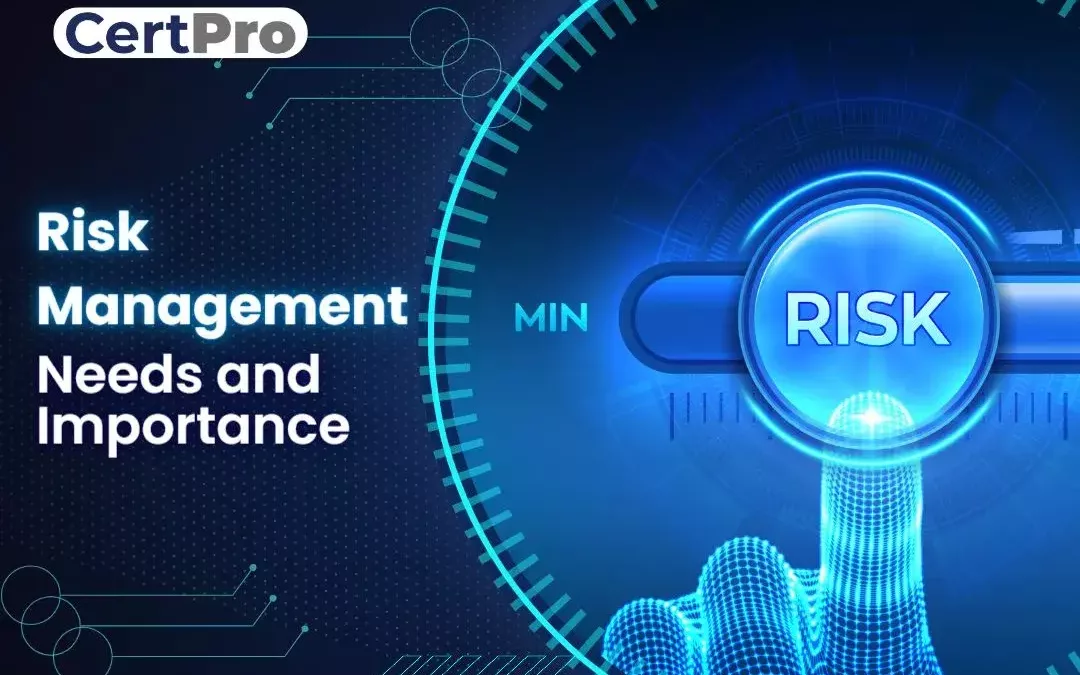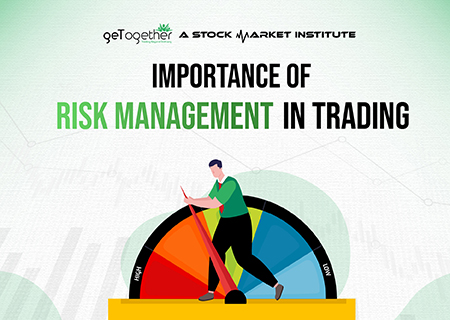Addressing the Unnoticed Risks: The Importance of Risk Management in Technology
Addressing the Unnoticed Risks: The Importance of Risk Management in Technology
Blog Article
The Vital Value of Risk Management in Getting Organizational Goals
In the swiftly developing business landscape, the capacity to browse uncertainty has become a crucial. This is where Risk Management actions in, supplying an organized method to identifying, examining, and mitigating potential obstacles to proceed. It's greater than simply a safety measure - it's a critical tool, promoting resilience and development. As we discover the essential function of Risk Management in accomplishing organizational objectives, one can't help however question: how does this convert into real-world success?
Comprehending the Principle of Risk Management in Service

The Essential Duty of Risk Management in Strategic Planning
Incorporating Risk Management into tactical preparation works as a secure for organizations, securing their lasting strategies with a strong structure of readiness and strength. It operates as the organization's radar, finding possible risks and vulnerabilities that might interrupt the path towards accomplishing their stated objectives. Risk Management provides a framework for expecting unpredictabilities and devising ideal reactions, ensuring the company's survival and success even when faced with misfortune. By including Risk Management right into strategic planning, organizations can change these unpredictabilities right into opportunities for growth and technology. This strategic interweaving of Risk Management cultivates adaptability, making organizations much more robust and enabling them to navigate the ever-changing service landscape with confidence. Consequently, Risk Management ends up being a vital device in calculated preparation, important in safeguarding sustainable success.

Methods for Identifying, Assessing, and Prioritizing Risks
Browsing the complicated landscape of dangers requires the application of specific strategies for their identification, prioritization, and assessment. The procedure starts with Risk recognition, utilizing tools such as SWOT evaluation, which aids in identifying potential threats and chances. Next, Risk analysis is conducted to determine the potential effect and possibility of each Risk. Tools such as Risk matrices and impact-probability charts are used for this. Lastly, dangers are focused on based on their possible effect and possibility, permitting companies to focus their sources on high-priority threats. This methodical approach makes certain a comprehensive understanding of the Risk landscape, making it possible for organizations to make informed decisions and efficiently manage risks to accomplish their objectives - importance of risk management.
Guarding Organizational Operations Through Effective Risk Management
In business landscape filled with uncertainties, effective Risk Management plays a pivotal role in safeguarding business procedures. It offers as a protective shield, reducing the adverse effects of potential threats and guaranteeing the smooth functioning of all processes. By identifying and evaluating potential dangers, Risk Management enables companies to develop robust contingency strategies. This precautionary strategy aids in maintaining functional security, even when confronted with unanticipated situations. Basically, Risk Management is the lifeline that keeps the business procedures afloat amidst turbulent waters. It makes certain not only the survival however the sustainable development of a company, making it a crucial device in accomplishing company goals. Companies need to invest in detailed Risk Management strategies to safeguard their procedures.

Converting Potential Hazards to Opportunities: The Power of Risk Management
While possible threats may initially show up as roadblocks to business success, efficient Risk Management can transform them right into chances. An aggressive approach to run the risk of Management entails identifying, examining, and focusing on risks to develop methods that turn them into potential advantages. This process requires the anonymous advancement of a risk-aware culture within the company, urging people to view dangers as prospective stimulants for change and development, instead of simple hazards. importance of risk management. Through this lens, prospective risks end up being opportunities to innovate, boost procedures, and reinforce durability. Hence, by leveraging the power of Risk Management, companies can not just secure their operations yet additionally spur development and attain their goals in an uncertain organization environment.
Case Researches: Success Stories of Risk Management Driving Organization Objectives
Effective application of Risk Management approaches has generated outstanding cause different organizations, underscoring the advantages of this strategy. International firms like Microsoft and Google, for example, have actually leveraged Risk Management to minimize dangers and make use of opportunities, driving their service objectives ahead. Microsoft's aggressive Risk Management method aided it pivot promptly during the 2020 pandemic, transitioning to remote work efficiently, therefore keeping efficiency. Google, by examining and mitigating potential risks in its cloud-based services, has made certain undisturbed service, thus strengthening customer depend on. These examples show how successful Risk Management can not only steer organizations free from potential mistakes however also assist them towards their strategic purposes. Therefore, Risk Management is integral to the quest of organizational goals.
Verdict
In final thought, Risk Management is essentially essential in achieving organizational goals. By integrating Risk Management into critical planning, companies can better browse unpredictabilities, secure operations, and capitalise on chances, thus aligning with long-term goals.
At its core, Risk Management is the procedure of recognizing, analyzing, and attending to prospective hazards that might adversely influence a company's procedures or objectives. Next off, Risk evaluation is carried out to identify the prospective influence and likelihood of each Risk. Dangers are focused on based on their potential effect and probability, enabling organizations to concentrate their resources on critical threats. By identifying and examining possible risks, Risk Management image source enables companies to develop robust contingency strategies. A positive strategy to run the risk of Management entails recognizing, examining, and prioritizing threats look here to devise approaches that turn them right into possible advantages.
Report this page